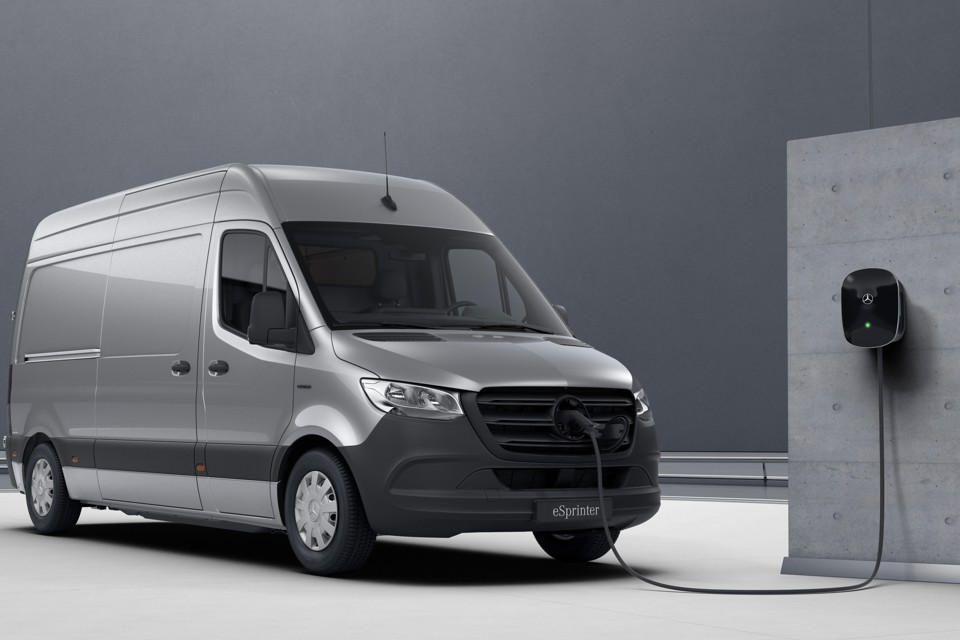The Department for Transport (DfT) is considering legal changes that might help to speed the adoption of larger electric vans.
Due to the additional structural mass of alternative fuel vans, due to their powertrain and batteries, some exceed the 3,500kg threshold for a large van, which means they are technically classed as a heavy goods vehicle and require a higher class of driving licence, class C or C1 typically.
Now the Government wants to hear views from the automotive industry and van operators on changes to driving licence flexibility for alternatively-fuelled vans and other vehicles of similar weight.
In 2018, the UK secured a derogation from the European Commission which allowed category B licence holders to drive alternatively-fuelled goods vans with a maximum authorised mass (MAM) of 4,250 kilograms (kg), over the standard 3,500kg entitlement, to avoid constraining payload for operators using cleaner, alternatively-fuelled options, predominantly battery electric vehicles.
Despite the extra weight, these alternative fuel vans are equivalent in function and appearance to large vans.
The DfT said: "We want to continue to ensure that operators who transition to AFVs do not face additional regulatory steps when doing so."
Currently, category B drivers must undertake five hours of additional training before being permitted to operate AFVs from 3,500kg to 4,250kg on public roads.
Despite being classed as HGVs due to their higher kerb mass, these vehicles are equivalent in use to conventional large vans, which do not require additional training.















Login to comment
Comments
No comments have been made yet.